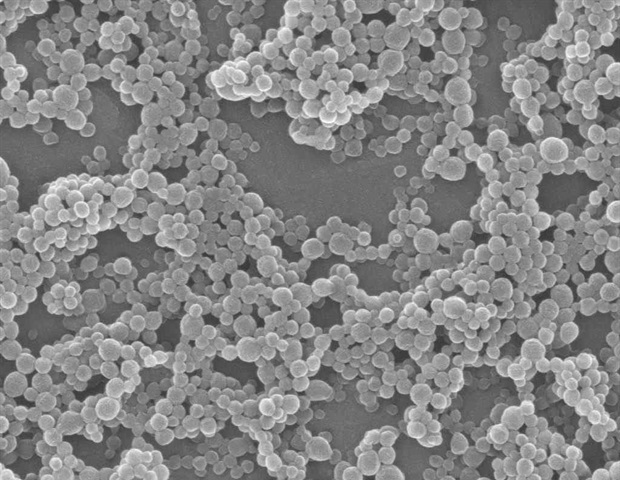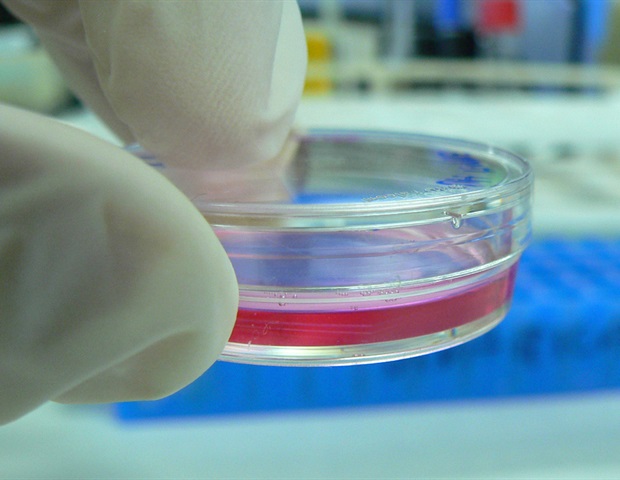
In the rapidly advancing field of computational biology, a newly peer-reviewed review explores the transformative role of deep learning techniques in revolutionizing protein structure prediction. The review, published in MedComm – Future Medicine (ISSN: 2769-6456, Wiley), is led by Dr. Xi Yu and Dr. Tian Zhong from the Faculty of Medicine of Macau University of Science and Technology. The article broadly covers the integration of deep learning techniques in the field of protein structure prediction, highlighting notable advances and comparing them to traditional computational methods, emphasizing the Evolution from traditional computational methods to modern deep learning models, e.g., AlphaFold 3 that are reshaping the accuracy and scope of protein prediction.
Proteins are the basis of life activities, and their three-dimensional structures determine their functional roles. Accurate protein structure prediction is critical for decoding the functional mechanisms of biomolecules, which exemplifies molecular biology’s central “structure-function” paradigm and enhances our understanding of life processes. Researchers have long relied on experimental techniques such as X-ray crystallography, nuclear magnetic resonance (NMR), and cryo-electron microscopy to resolve protein structures. However, these methods are time-consuming, costly, and require specialized knowledge to parse the data. In recent years, the rapid rise of deep learning techniques, especially models such as AlphaFold 2, has dramatically improved the accuracy and efficiency of “end-to-end” predictions from amino acid sequences to the three-dimensional structure of proteins.
Deep learning technology is changing the research landscape of protein structure prediction. It not only overcomes the limitations of traditional experimental methods but also provides us with unprecedented prediction accuracy, which will bring great potential for drug development and disease research.”
Dr. Xi Yu, lead author
The review article highlights the following key developments and challenges:
1. Evolution of protein structure prediction methods: from traditional template-based modeling and template-free modeling approaches to the application of modern deep learning models such as Convolutional Neural Networks (CNNs), Recurrent Neural Networks (RNNs), and network architectures such as Transformer, which have dramatically improved the accuracy and efficiency of protein structure prediction.
2. Breakthrough of AlphaFold: AlphaFold 2 has realized the high accuracy of 98.5% of human protein structure prediction through the innovative Transformer network, utilizing the Evoformer module to process the multi-sequence comparison data and combining with the 3D Equivariant structure module to realize the atomic-level protein 3D structure prediction, which marks this marks a new era of protein structure prediction.
3. Multimodal prediction: The latest AlphaFold 3 model further promotes the prediction of complex biomolecular structures such as protein-nucleic acid-small molecule complexes by combining with diffusion optimization technology.
4. Technology application and future direction: Deep learning improves protein structure prediction and provides new possibilities for drug design, antibody development, and synthetic biology.
“We see that as deep learning technology continues to advance, the application of protein structure prediction will expand dramatically, opening up new opportunities for all areas of the life sciences.” Co-author Dr. Tian Zhong added.
This review article was published at a critical moment in protein structure prediction research. With the rapid development of deep learning technology, researchers are gradually solving the problems that have long plagued the field, pushing protein structure prediction from basic research to practical applications and providing new solutions for disease treatment and drug development.
“The potential of deep learning lies not only in improving prediction accuracy but also in bringing new perspectives to biological research, allowing us to understand complex biomolecular networks and their functions better,” Dr. Yu concluded.
The review also explores the promise of deep learning techniques in other areas of computational biology, particularly in multimodal prediction of complex biomolecular structures, which provides essential guidelines for future scientific research.
Source:
Sichuan International Medical Exchange and Promotion Association
Journal reference:
Qin, Y., et al. (2024). Deep learning methods for protein structure prediction. MedComm – Future Medicine. doi.org/10.1002/mef2.96







